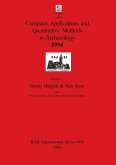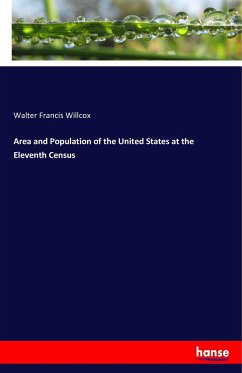In India, the phenomenon of urbanization is rapid, spatially varied, and exceptionally dynamic. Today already more than 43 cities in India have more than 1 million inhabitants and many of them will become megacities in the near future. One example for the dynamic and uncontrolled development of urban areas is the city of Ahmedabad in Northwest India. The availability of population data for Indian cities is restricted to the decennial Census data. But as most Indian cities face a dynamic population growth, a population count on a decennial basis is not sufficient to display the population development. To estimate the intercensal population for these dynamic cities, modern technologies such as remote sensing play an important role. In this dissertation, a methodology is presented to spatially model the intercensal population of Ahmedabad for different times of day on city, district and building level using satellite images and census data without depending on detailed survey information.
Bitte wählen Sie Ihr Anliegen aus.
Rechnungen
Retourenschein anfordern
Bestellstatus
Storno








